“Remember the name, the Suc au May” said Tour de France director Christian Prudhomme when the route of the 2020 edition was unveiled last October.
Here’s a refresher of the climb on the route of Stage 12 of the 2020 Tour de France, this climb might shape the stage result but has a place in cycling’s history as a focal point of cycling’s supposed “golden age”, an era when the likes of Fausto Coppi, Jacques Anquetil, Eddy Merckx and Bernard Hinault all made their way to an isolated village in central France to be roared on by tens of thousands of spectators.
The Route: start in Chaumeil in the Corrèze department of France and look for the sign for the Mauriange. It’s an uncategorised road that is 3km long with an average gradient of 10% before a brief descent and then a further rise to the top. Suc au May is the name of the small mountain, suc is an old word for a summit.
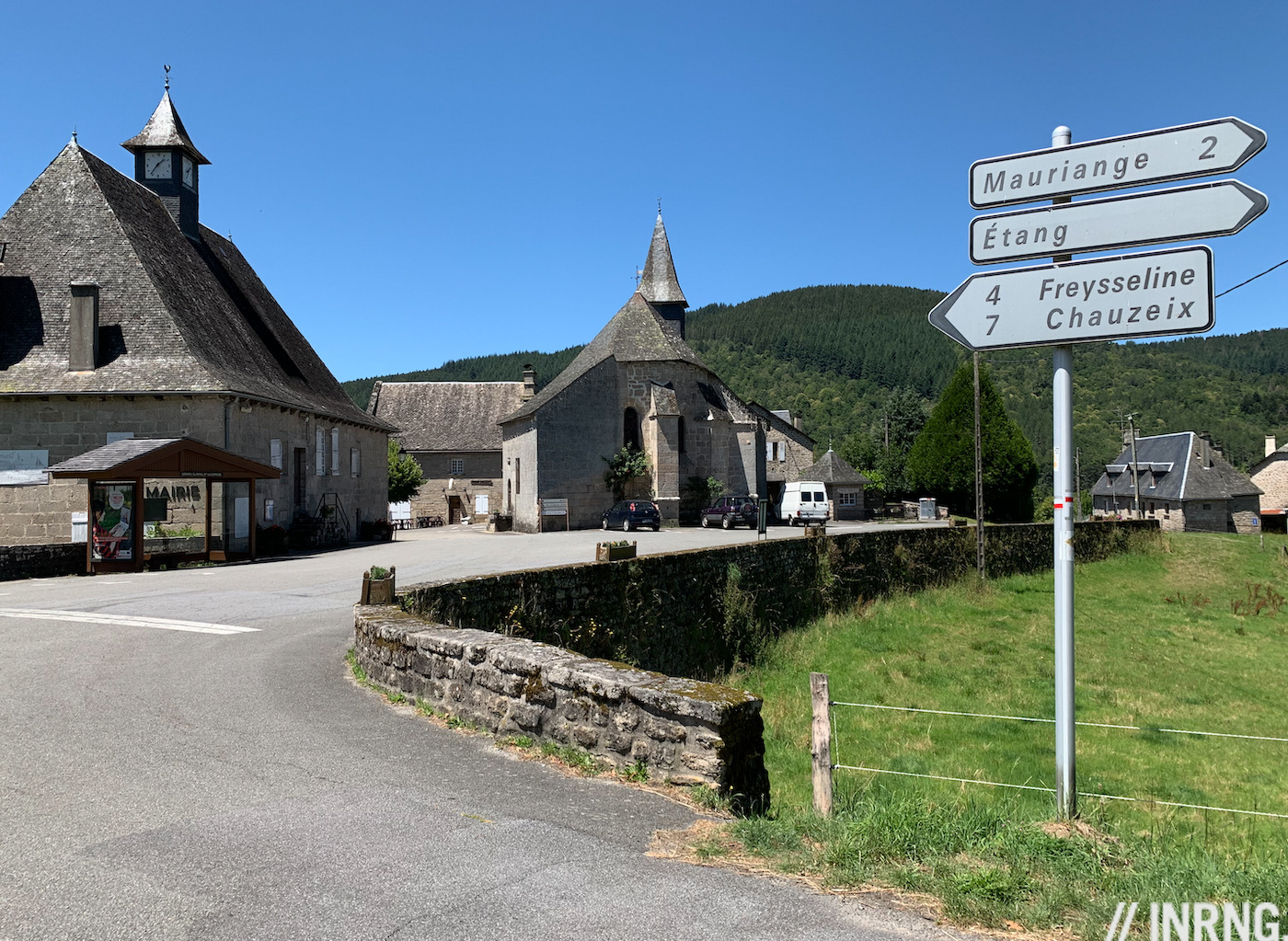
The Feel: Chaumeil is small and the town square feels like a clearing in the chestnut and pine woodland. It’s a place where time has stood still, authentic but not quite picture-postcard charm, the dark slate covering the buildings feels austere and several houses are empty, their shutters closed and rusting while “for sale” signs hang outside and there don’t appear to be many buyers. If you want to get something here, there’s a café promising blueberry tarte, the local fruit from the heather-covered hillsides.
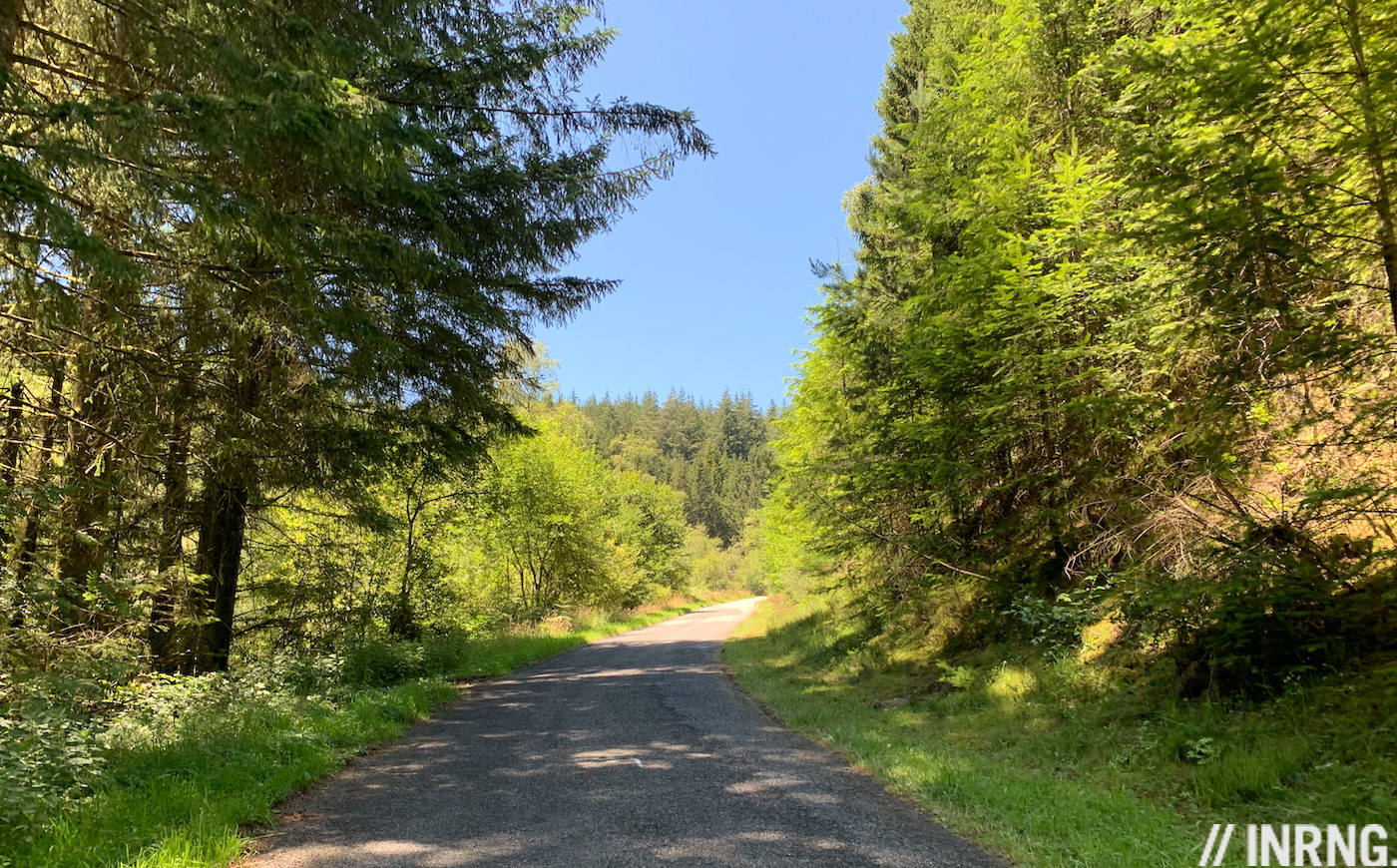
Leave Chaumeil and the road descends into woodland and the thick canopy makes it hard to spot the cracks and holes in the road. Cross a small stream and the climb begins abruptly, you’re suddenly using both hands to change gears for the surprise 15% ramp. It soon levels out and reaches the Mauriange lake, you can turn left to across the small dam to the village, or straight on and around the village: both options have steep sections before they converge after the lake. From here on it’s uphill for two kilometres at over 10% on average but the difficulty comes in the ever-changing slope: one moment it’s 7-8%, the next it’s double that, and all on a rough forestry road lined by stacks of logs that feels a winter away from passing from tarmac to gravel. You can zig-zag across the road to lessen the slope as there’s no traffic, there’s no reason for anyone to drive here. There are two buildings by the road, one is a ramshackle barn, the other a small stone shelter where centuries ago a shepherd could sit out a storm.

The shepherd’s refuge marks the end of the hardest slope. There’s a brief descent but you’re not done with the climb yet, round a hairpin bend and the road kicks up once more and reaches its highest point. From here you can descend to a junction where signs point for the Suc-au-May, you can take a small path for the 360° view from the top, or ride downhill on a wider, gentler road.
The Verdict: steep enough to sting and long enough to ache. It’s never as vicious as, say, the Mur de Huy but it’s longer. This climb is distinct from other nearby climbs which are more gradual and slow, it’s a sharper effort and much more technical than a glance at the Tour’s stage profile says.
Ride more: the Suc au May is not a destination people will travel to from far and wide but for the cyclist the Corrèze has a dense road network where you can spend hours on the hilly roads racking up a surprising amount of vertical gain and barely come across any road vehicles, it’s the north-western corner of a large part of France stretching across the Massif Central where you can ride like this although the flipside is there are few bakeries, water fountains and other supply points but plan and it’s very relaxing. There are signposted circuits to take, such as the Bol d’Or critérium course and others or just zig and zag your way around.
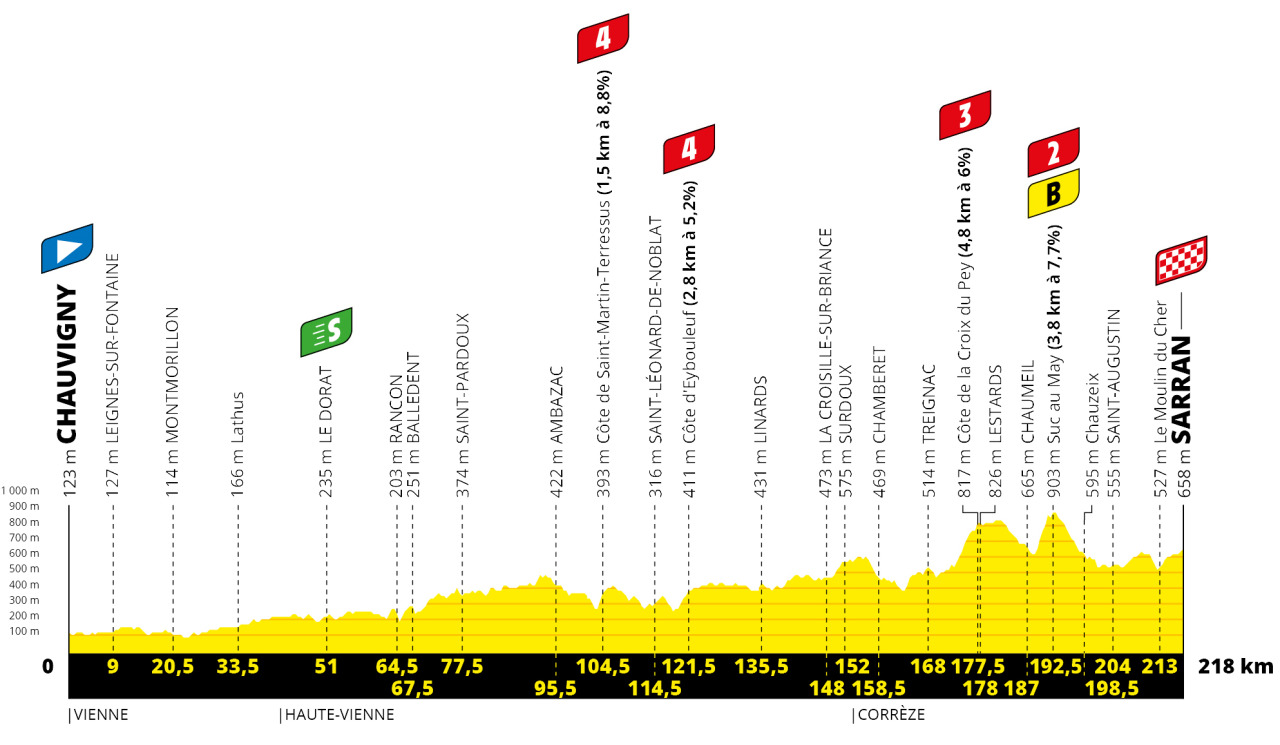
The Tour de France: Stage 12 is the longest stage of the 2020 race and will be remarkable as the tribute or vintage stage as it commemorates Raymond Poulidor, writer Antoine Blondin, accordionist Jean Ségurel and former President Jacques Chirac. It has a vertical gain of nearly 4,000m, worthy of an Alpine stage or Liège-Bastogne-Liège and most of this in second half of the stage. The Suc-au-May is 25km from the finish and it looks hidden on the profile, 3.8km at 7.7% makes it sound almost ordinary, a plain second category climb only it’ll surprise a few. It is followed by twisty, hard roads before an uphill finish in Sarran, population 280 but home to the Jacques Chirac presidential museum. The day looks made for breakaway specialists like Thomas de Gendt who can infiltrate the early move and exploit the final climbs to break their rivals.

The Golden Age: did cycling have a golden age? You can make a good case it’s got one now with more races than ever, in new places, a bigger peloton, hours of TV coverage and, at least until 2020, team budgets soaring far beyond inflation. Salaries are at record levels, roads are smoother, and for all the fear about safety of late, there are more regulations than ever, all while riders are insured, earn a minimum wage and contracts last for longer and longer. If you could pick an era to be a professional cyclist surely you’d choose now?
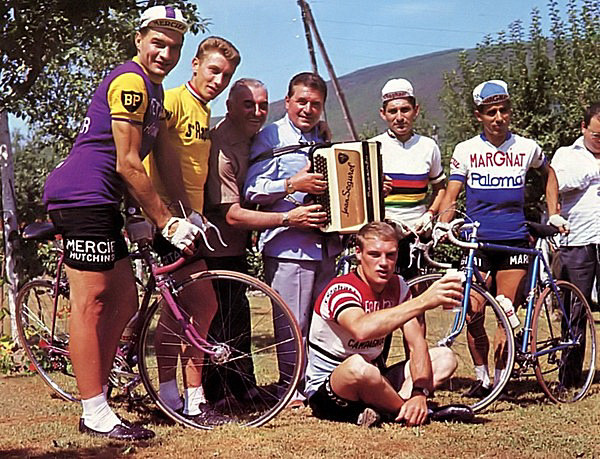
Nostalgia aside the 1950s saw the start of a great era for the sport too, new sponsors arrived, TV coverage began and riders began to earn a decent living, often more than they could in a farm or factory but not always. The tiny village of Chaumeil is a case study. It had just 450 inhabitants in 1954 but held a giant post-Tour criterium called the Bol d’Or des Monédières (The Golden Bowl of the Monédières, the local range of mountains). It would regularly attract the world’s best riders and giant crowds. It was organised by Jean Ségurel, a native of Chaumeil and a big celebrity in his day as an accordion player. Imagine a rural village far from anywhere with few transport links and picture Egan Bernal, Peter Sagan, Julian Alaphilippe, Primož Roglič and Greg Van Avermaet and the rest coming to town for a race organised by DJ David Guetta and then 50,000 spectators showing up for a weekend of racing with a circuit race, a criterium, a derny race and more. That was the Bol d’Or. Raymond Poulidor, who could ride to the start, finished 5th here in 1959 while still an amateur, taking on the pros and proving he could match them and the race’s start list over the years had all the giants, from Coppi to Merckx to Hinault and everyone in between. The race ran for 50 years before fizzling out in the 2000s. However the Bol d’Or route was a circuit around the Suc au May rather than a race over it, it used the nearby Col des Géants. Visit the square in Chaumeil and imagine it packed with crowds, it must have been something else.
Travel and access: Chaumeil is remote but that’s half the charm, if it’s hard to reach then you’ll have the roads to yourself for most of the day. Limoges and Clermont Ferrand are the nearest large cities while the A89 autoroute passes nearby. Meymac and Tulle have rail connections. Visit from June to October as the western flanks of the Massif Central are often soaked with rain in winter and spring.
More roads to ride at inrng.com/roads

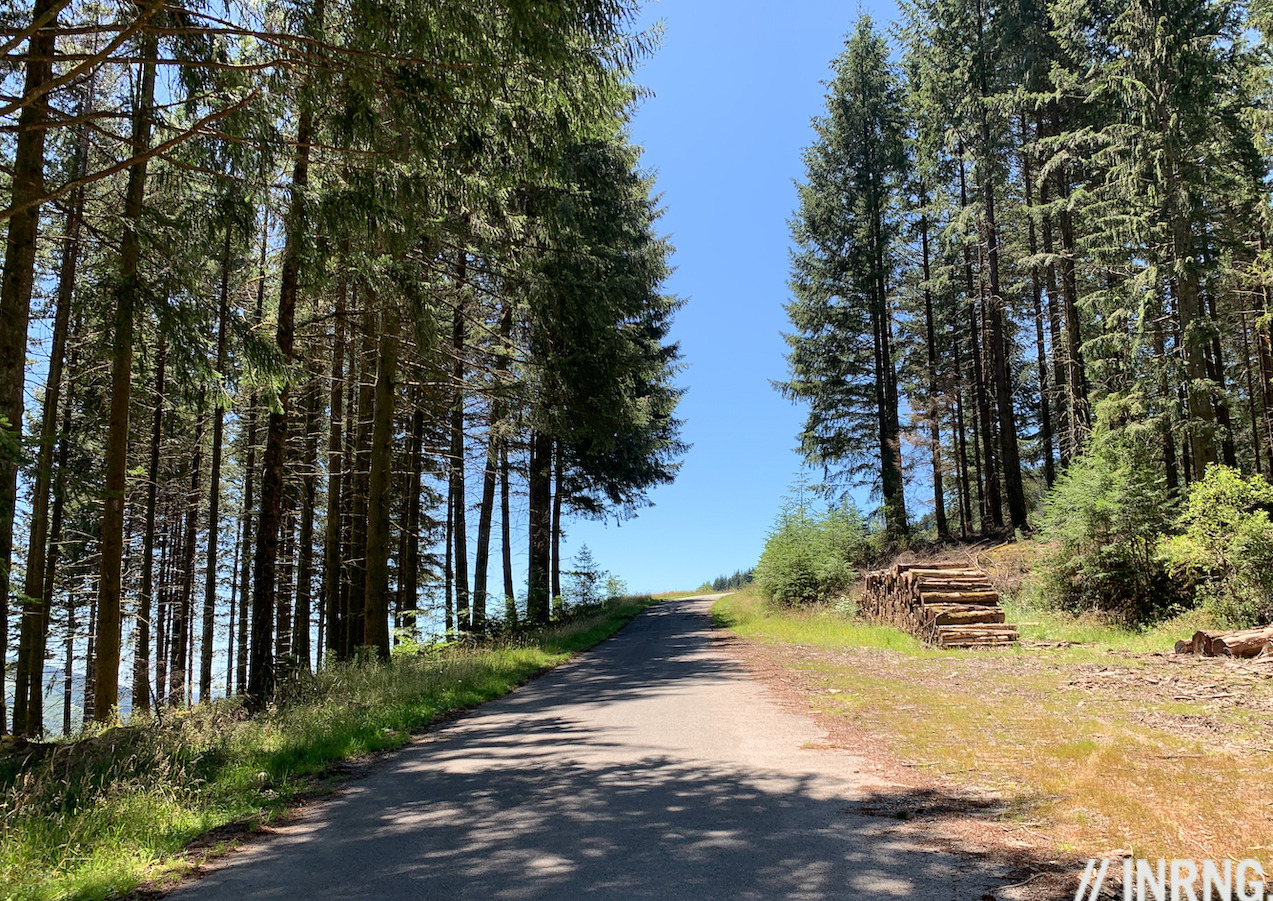
Golden age for the men perhaps but more like a rusty plate for women in comparison. Here’s hoping the track type equal opportunities push for women are matched on the road in the years to come. Then again, it’s better than it was 10 years ago so maybe it’s just a matter of patience.
Yes, didn’t want to make the point that today is a golden age for women’s cycling but it’s fast improving with the new minimum wage, World Tour regulations and the promise of more races that are better organised. One reason why the olden golden age wasn’t as golden was the sport was quite restricted to few people in France, Italy, Belgium, Spain etc, even a Briton was seen as exotic.
Must be a regular for the Tour de Limousin. What’s the descent like?
The descent for the Tour? It joins a wider road and is not as steep but it’s bumpy in places under woodland, take your hands off the bars for a drink or food and you’re at risk.
As for the Tour du Limousin can’t see a recent edition having gone over, it’s often had the “mountain stage” in this area but it has often used the bigger Bol d’Or circuit rather than this little forest road.
Thanks for this really interesting article
The kind of place I like to go for riding holidays. Thanks!
Now, Golden Age? In terms of glory and social recognition, the age between Robic and Lemond, for sure. One crucial difference between now and then; the mileage. I always think that contemporary riders feel, deep inside, like dwarves compared to those of the Golden Age, and their 250-300km (and more) typical stages.